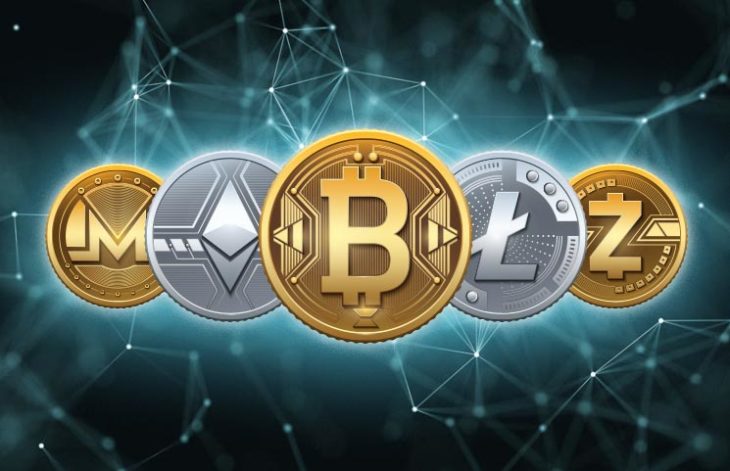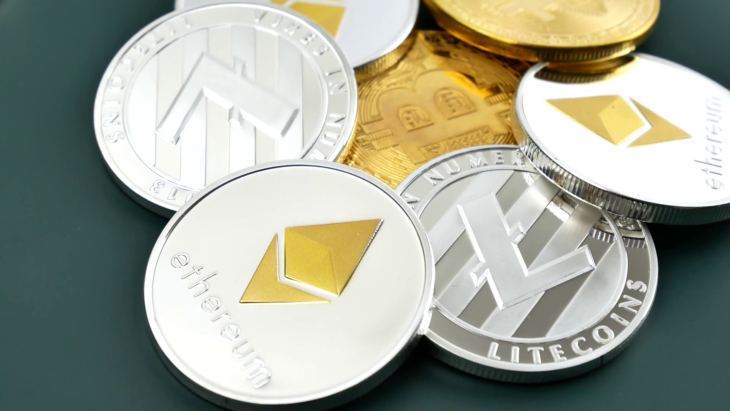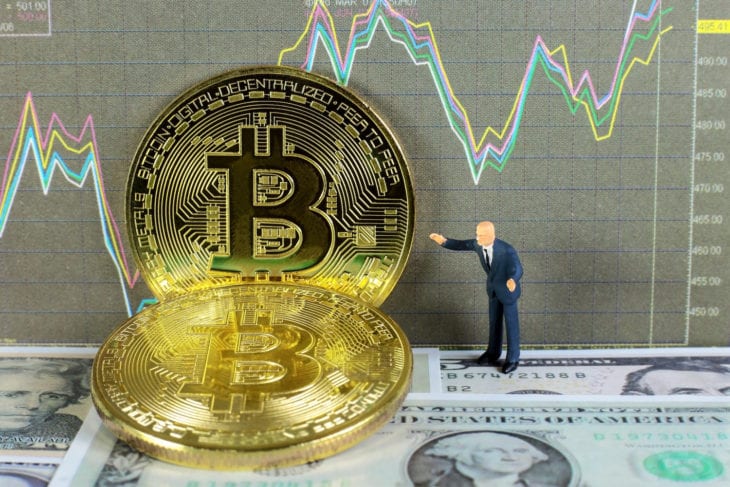Bitcoin is predicted to be huge for the way we utilize and manage money on a global scale. Bitcoin is predicted to completely revolutionize the banking system and can have a huge impact on the way we conduct finances and the financial structure in general.
Bitcoin is a cryptocurrency that is completely decentralized, meaning there are no third parties involved whenever we send or receive money.
The global cryptocurrency is fully transparent and anyone can learn how it actually works. We earn Bitcoin, and other cryptos, by mining them. Once we’ve mined them, we trade them for goods or exchange them for other cryptocurrencies.

Source: mybitcoin
How to Get Bitcoin – Mining Lesson
But it’s easier said than done. During the beginning of Bitcoin, it was relatively easy to mine; people could mine up to 1,000 in just a week. But Bitcoin is located on the Blockchain, which is a global, fully transparent network where everyone is part of it and plays its part on it.
As miners dig deeper, it becomes harder and harder to mine Bitcoin. Miners mine Bitcoin by using mining rigs, now called ASIC miners. But the mining works in a virtual world, similar to that of the mega-popular game Pokemon Go. In this world, each miner is placed in a pool with other miners, and they have to “work” together to mine the block. Once the block has been mined, each of the miners gets rewarded for their contribution, which comes in the form of Bitcoin.
Now that we’ve explained how Bitcoin gets mined, it’s time to tell you how it works.

Source: videoblocks.com
How Bitcoin Works?
According to Bitnearby.com, Bitcoin is a cryptocurrency that can be exchanged for other cryptocurrencies, goods, or services. But conducting these “trades” requires marketplaces and platforms that support Bitcoin and other cryptos. One such platform is Bitnearby.com, where users can register and trade items for cryptocurrencies. The beauty of this marketplace is that there are no 3rd parties involved, and the trade gets done between the buyer and seller.
Now, before you can acquire Bitcoin, you would need a wallet to store them. One way to do it is by going over to one of the major Bitcoin trading platforms such as Binance, CoinBase, Kraken, eTorro, etc.
Another way to store Bitcoin is to buy a ledger wallet, which is designed to keep your cryptocurrencies safe by protecting them with high-end cryptography.
Each of these services (excluding the ledger wallet) will ask you to pay a small fee every time you exchange or send cryptocurrencies.
We mentioned earlier how Bitcoin relies on Blockchain, which is a shared public ledger that supports the Bitcoin network. Every transaction is confirmed on the Blockchain, and everyone can fully view each transaction.

Source: coindesk.com
A transaction is a transfer of value between two Bitcoin wallets. The transaction gets included in the blockchain, and it gets confirmed. Each wallet has it’s own private, secret, piece of data called private key or seed. This private key is used to sign the transaction itself, providing proof that the transaction comes from the owner of the wallet itself. A signature is also another private data piece that prevents anyone from altering the transaction in any way, shape or form. The entire blockchain is protected by cryptography, and each transaction is fully transparent on the blockchain. Furthermore, the beauty of Bitcoin is that each transaction takes between 10 and 20 minutes to be confirmed, which is faster than the traditional banking system. But other cryptocurrencies are even faster than Bitcoin, such as Ethereum. Ethereum block times are about 15 seconds, and it usually requires multiple confirmations before the transaction is fully approved. If we had to put money on it, we would say that Ethereum confirms transactions in no more than two to three minutes.
